
To Carol
BLOOMSBURY CHILDRENS BOOKS
Bloomsbury Publishing Inc., part of Bloomsbury Publishing Plc 1385 Broadway, New York, NY 10018
This electronic edition published in 2019 by Bloomsbury Publishing Plc
BLOOMSBURY, BLOOMSBURY CHILDRENS BOOKS, and the Diana logo are trademarks of Bloomsbury Publishing Plc
First published in the United States of America in January 2019 by Bloomsbury Childrens Books
Text copyright 2019 by Martin W. Sandler
All rights reserved
You may not copy, distribute, transmit, reproduce or otherwise make available this publication (or any part of it) in any form, or by any means (including without limitation electronic, digital, optical, mechanical, photocopying, printing, recording or otherwise), without the prior written permission of the publisher. Any person who does any unauthorised act in relation to this publication may be liable to criminal prosecution and civil claims for damages.
Bloomsbury books may be purchased for business or promotional use. For information on bulk purchases please contact Macmillan Corporate and Premium Sales Department at
Library of Congress Cataloging-in-Publication Data
Names: Sandler, Martin W., author.
Title: 1919 the year that changed America / by Martin W. Sandler.
Other titles: Nineteen-nineteen the year that changed America
Description: New York : Bloomsbury Childrens Books, 2019.
Identifiers: LCCN 2018012754
ISBN: 978-1-6811-9801-9 (HB)
ISBN: 978-1-5476-0576-7 (eBook)
ISBN: 978-1-5476-0577-4 (ePDF)
Subjects: LCSH: United StatesHistory19191933Juvenile literature. | United StatesSocial conditions19181932Juvenile literature. | Social movementsUnited StatesHistory20th centuryJuvenile literature. | Nineteen nineteen, A.D.Juvenile literature. Classification: LCC E784 .S25 2019 | DDC 973.91/3dc23 LC record available at https://lccn.loc.gov/2018012754
Book design by Patrick and Diane M. Collins
To find out more about our authors and their books please visit www.bloomsbury.com where you will find extracts, author interviews and details of forthcoming events, and to be the first to hear about latest releases and special offers, sign up for our newsletter.
CONTE NTS

INTRO DUCTION

THE BOOK YOU ARE ABOUT TO READ tells the story of one of the most remarkable and important years in the history of the United States. It was 1919, and it has been called the year our world began.
In 1919, after years of struggle, womens dream of getting the vote finally came within reach after the Nineteenth Amendment was passed by both houses of Congress. It was the year the nation, still shaken by the events of World War I and haunted by the specter of the Communists having taken over Russia, suffered through the fear that the same threat to democracy was about to take place in the United States. At the same time, more racially motivated riots and lynchings occurred than at any time in the countrys history. But, in what historian Cameron McWhirter has called the awakening of black America, it was also the year in which African Americans mobilized and organized in new ways to fight the systemic racism of their times and, in doing so, changed America forever by setting the stage for the civil rights movement to follow.
There was moremuch more. In 1919, advancing technologies changed the nature of labor and encouraged bold innovations such as when two heroic pioneer aviators, John Alcock and Arthur Brown, became the first to fly nonstop across the Atlantic, accomplishing the feat eight years before Charles Lindbergh made his historic flight. This was also the year in which more labor unrest took place than ever before, as workers sought to improve their lives along with a changing world.
It was in this same extraordinary year that the heavily favored Chicago White Sox threw the World Series to the Cincinnati Reds, changing the world of sports forever; that more than 195,000 Americans died from a mysterious influenza epidemic, which would kill more people than any other illness in recorded history; and that the Great Molasses Flood, one of the most bizarre disasters in the American experience, took place.
Every year in history is, of course, important. Every year has its own events and developments that affect the lives of those living then and perhaps those of future generations. But every so often there is a year when events converge in surprising ways. And there was never anything quite like 1919.
It is a fact of history that we often dont realize how important or transformative certain events or developments are until well afterward and enough time has passed to allow us to reflect upon them. It is then that important issues gain attention and progressoften not enough, but progress all the sameis made.
Did people back in 1919 think the issues of their times would be so relevant one hundred years later? Perhaps yes, perhaps no. But we can study these happenings to discover how they are as fascinating as they are informative, filled with triumph and tragedy, featuring some of the most essential political and social issues any society would need to cope with. Most important, they teach us that the current events holding our attention right now are always preceded by history, that every year is filled with good and bad happenings, and that learning from important events in our past leads not only to an understanding of where we are today, but also to an appreciation of how much progress is yet to be made to ensure all people can fully embrace the benefits of equal justice and democratic ideals that America has always sought to espouse and protect.

The extraordinary number of important events and developments that took place in 1919 occurred against the backdrop of World War I coming to an end. Millions of returning servicemen, like those shown here, would become participants in happenings that changed America forever.

Taken from a nearby building, this photograph shows the massive damage caused by the molasses flood. The molasses tank was located in the center of the picture.
 CHAPTER ONE
CHAPTER ONE 


AS THE YEAR 1919 BEGAN, the United States was a nation filled with a spirit of relief and hope for the future. Two months earlier, the long, tragic Great War ended and hundreds of thousands of American servicemen were at last coming home from the battlefields of Europe. Almost 53,500 of their comrades had been killed in action, more than 63,100 of them had died from disease and other causes, and some 205,000 had been wounded.








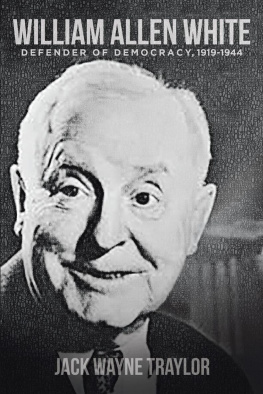

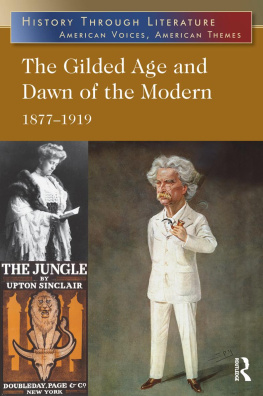

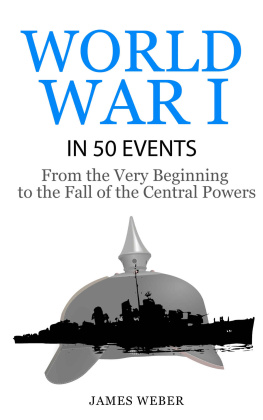

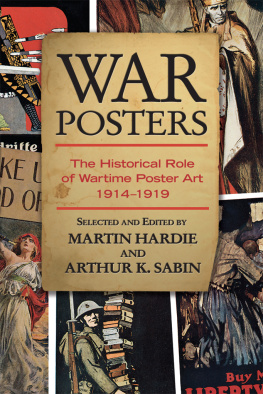

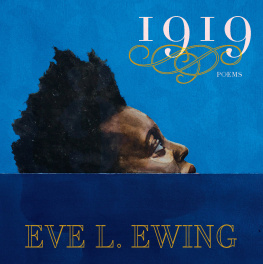
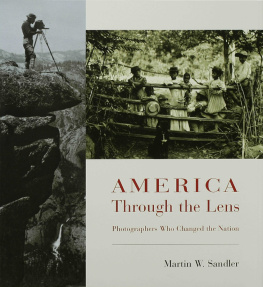






 CHAPTER ONE
CHAPTER ONE 

